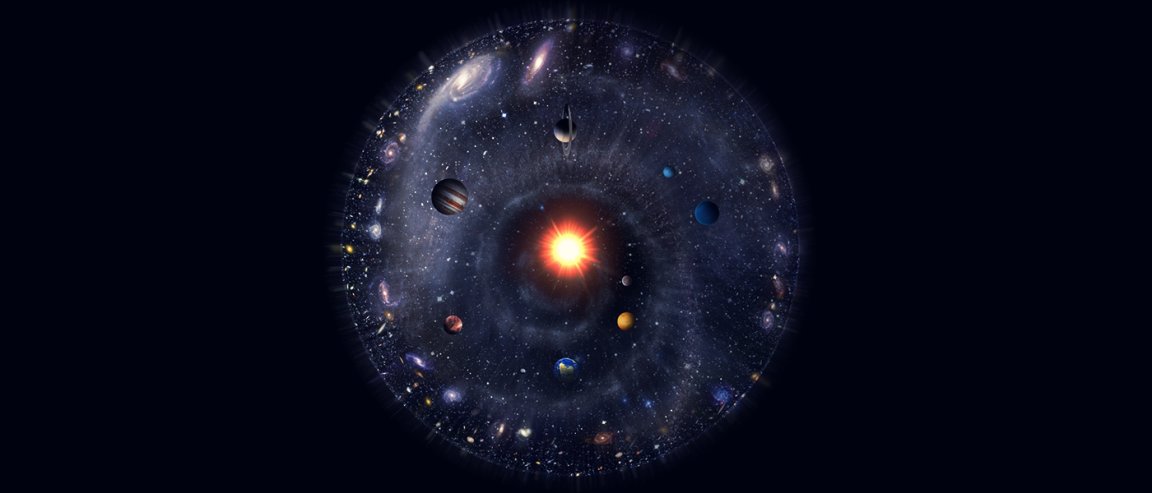
Seeing Less?

One thing we’re always doing as a species is expanding our knowledge of the heavens. We send out probes, robots, satellites, spacecraft, all to map out and add to our ever-expanding picture of what the Universe looks like.
But what if that picture suddenly became smaller? That is exactly what happened when new data from the Planck satellite tightened our previous notions of the observable universe, shrinking its area by 0.7%.
If you’ve never realized, we don’t actually see all of the stars in the Universe. If we did, night time sky would be a whole lot brighter. Instead, we see everything within a particular radius, the particle horizon. Any particle of light emitted outside that particle horizon is too far to have reached us.
So if we want to know just how large the observable universe is, we just have to figure out the distance between us and that particle horizon, right?
Calculation Station

As it turns out, not quite.
The universe, specifically spacetime, is continuously expanding, with points in the universe moving further apart. This not only changes the distance between objects, but also how fast light is moving in the universe. The movement of spacetime has an effect on which photons reach us and can be observed.
So how do you calculate the radius? Back in 2003, scientists came up with an equation that took an event called “the recombination” as a reference point in the universe’s history. They combined that with the rate of the expansion of the universe and several other factors, in the end coming up with a number.
Back in 2003, that number was a radius of 45.66 billion light-years. Now, new data revealed a far more accurate number: 45.34 billion light-years.
“A difference of 320 million light-years might be peanuts on the cosmic scale, but it does make our knowable universe a little bit cozier,” Nick Tomasello from the University of the Sciences in Philadelphia writes over at Medium.
The study has been accepted for publication in an upcoming edition of Advances in Astrophysics.